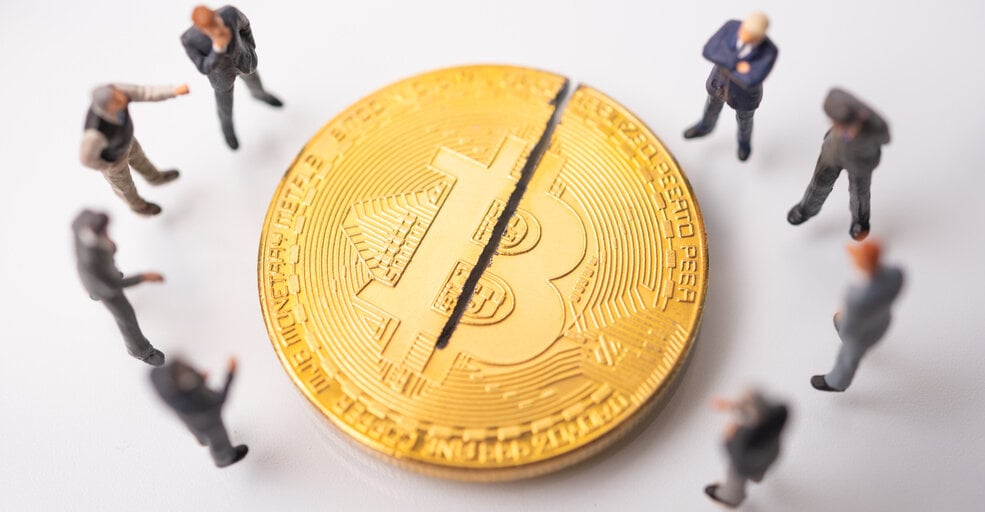We do the research, you get the alpha!
Get exclusive reports and access to key insights on airdrops, NFTs, and more! Subscribe now to Alpha Reports and up your game!
Go to Alpha Reports
It’s not long before Bitcoin’s next halving takes place—five days, according to our Bitcoin halving countdown tool. Unless you’ve been following Bitcoin closely since its early days, however, you might be confused as to what exactly is happening.
This year’s halving is different in at least one way—more people are talking about the quadrennial event than previous ones. Without getting too technical, here’s what you need to know.
What is the halving?
Every four years, Bitcoin—the biggest cryptocurrency—undergoes a halving event. The milestone is baked into the protocol’s code and is a necessary part of its operation.
For Bitcoin to run, miners use energy intensive machines to mint new coins. To reward that hard work—which today takes place mostly in huge data centers—they are rewarded with Bitcoins.
Miners currently earn 6.25 BTC for each new block they create. (Blocks are segments of the blockchain that contain transaction data.) That changes on Saturday and the reward will instead be reduced to 3.125 BTC.
Why should I care?
It may sound too technical, but it’s worth paying attention to. For one, the asset will become more scarce. Fewer coins will be minted by miners, putting fewer Bitcoins on the market. And if history’s anything to go by, the price of the biggest and oldest digital coin will go up as a result.
This halving is different in another way, too: more sophisticated investors are now involved than previously, largely due to the approval by the Securities and Exchange Commission of spot Bitcoin exchange-traded funds (ETFs).
Bob Bodily, CEO of Bitcoin Ordinals marketplace Bioniq, told Decrypt that the approval of the new spot Bitcoin ETFs means that “more and more ETFs are allowed to hold 1-5% Bitcoin in their normal ETF offerings.”
“So ordinary investors should be paying attention because pretty soon, they are likely going to be holding Bitcoin whether they know it or not,” he added.
The price of Bitcoin has always gone up after previous halvings—though not always immediately. Before the first halving of 2012, BTC was priced at $12.35. Just one year later, the price of the coin was priced at $964—an increase of over 7,700%.
By July 9, 2016, it was time for the next event. Bitcoin had dropped to $663 by then, but one year later, it had again soared to $2,500.
The last halving took place in May 2020, when the cryptocurrency was priced at $8,500. A year later the coin was pushing past $50,000 during a bull run.
Even big “tradfi” names—like AllianceBernstein—have said that all the fundamentals are in place for this next halving to push Bitcoin as high as $90,000 this year.
Following the approval of several spot Bitcoin exchange-traded funds (ETFs), more capital is flowing into the space. Meanwhile, major asset managers—like BlackRock—have products that give everyday investors an easy way to get exposure to the cryptocurrency.
Miners are not the only people paying attention to this event. This is why 2024’s halving is something even casual Bitcoiners should be watching.
Edited by Ryan Ozawa.
Stay on top of crypto news, get daily updates in your inbox.
Source: https://decrypt.co/226508/what-is-the-bitcoin-halving-why-should-you-care


